The Thin Green Line: About 500 National Guard Soldiers Shield the US From Armageddon
For two decades, one Army National Guard brigade has provided the nation with full-time protection against the most powerful weapons on
For two decades, one Army National Guard brigade has provided the nation with full-time protection against the most powerful weapons on
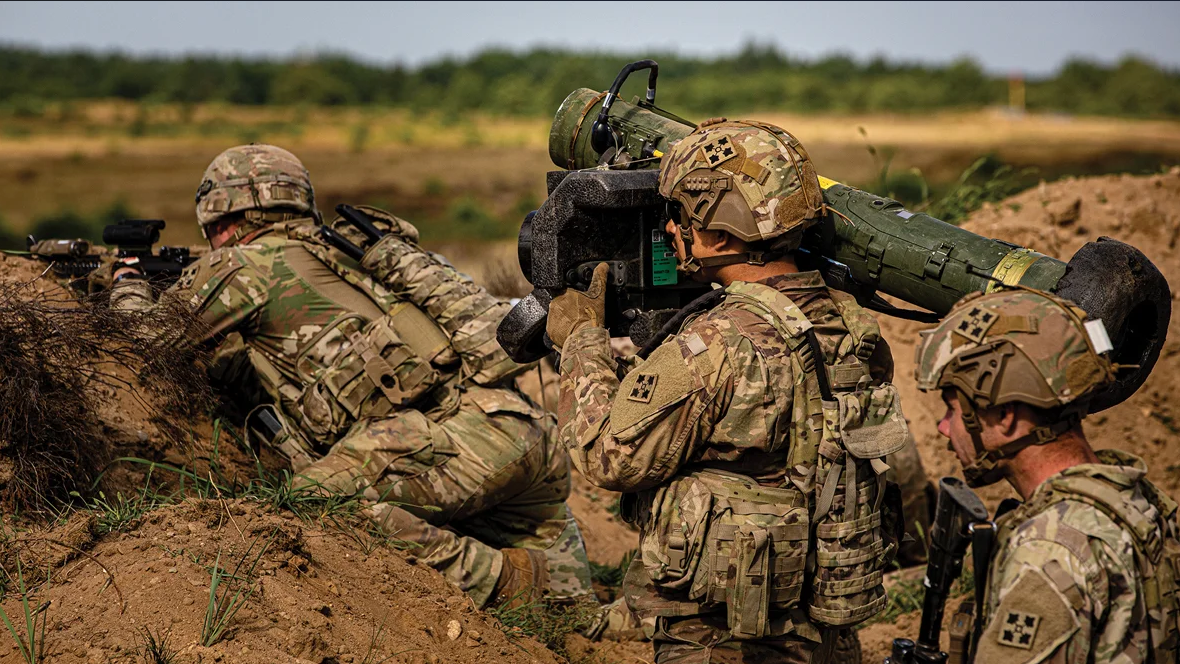
Army formations will face the threat of modern anti-tank guided missiles in any future conflict, and leaders must act now to prepare technically and doctrinally, say the authors of a new paper.
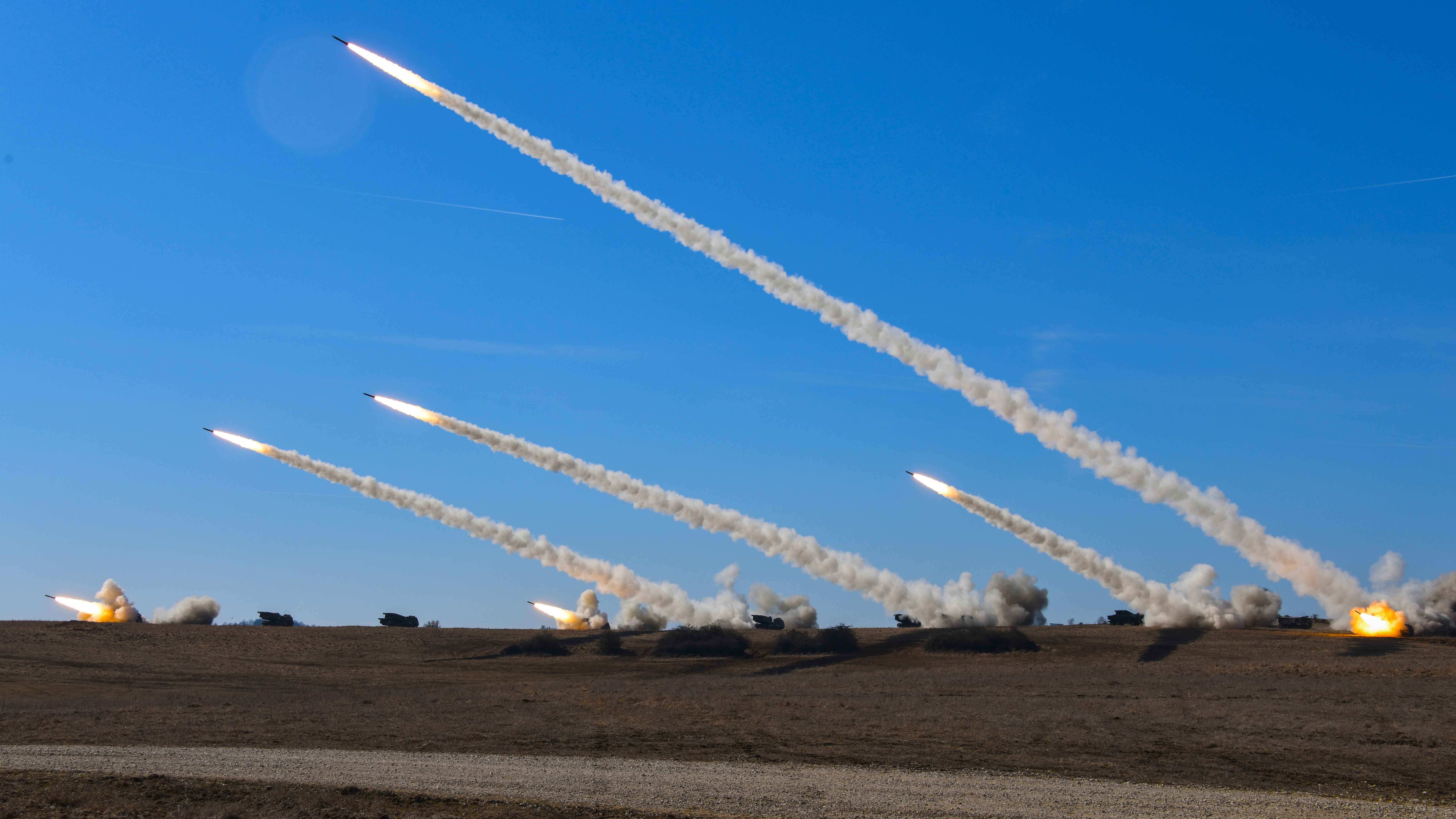
Advances in reconnaissance and surveillance capabilities and long-range precision fires create a deadlier and more lethal battlefield that the Army must prepare for, a panel of experts said earlier this year at the Association of the U.S. Army’s LANPAC Symposium and Exposition in Honolulu.
“We have to operate in less safe spaces,” not just in the Indo-Pacific but globally, said Maj. Gen. Brian Gibson, commanding general of the 94th Army Air and Missile Defense Command.
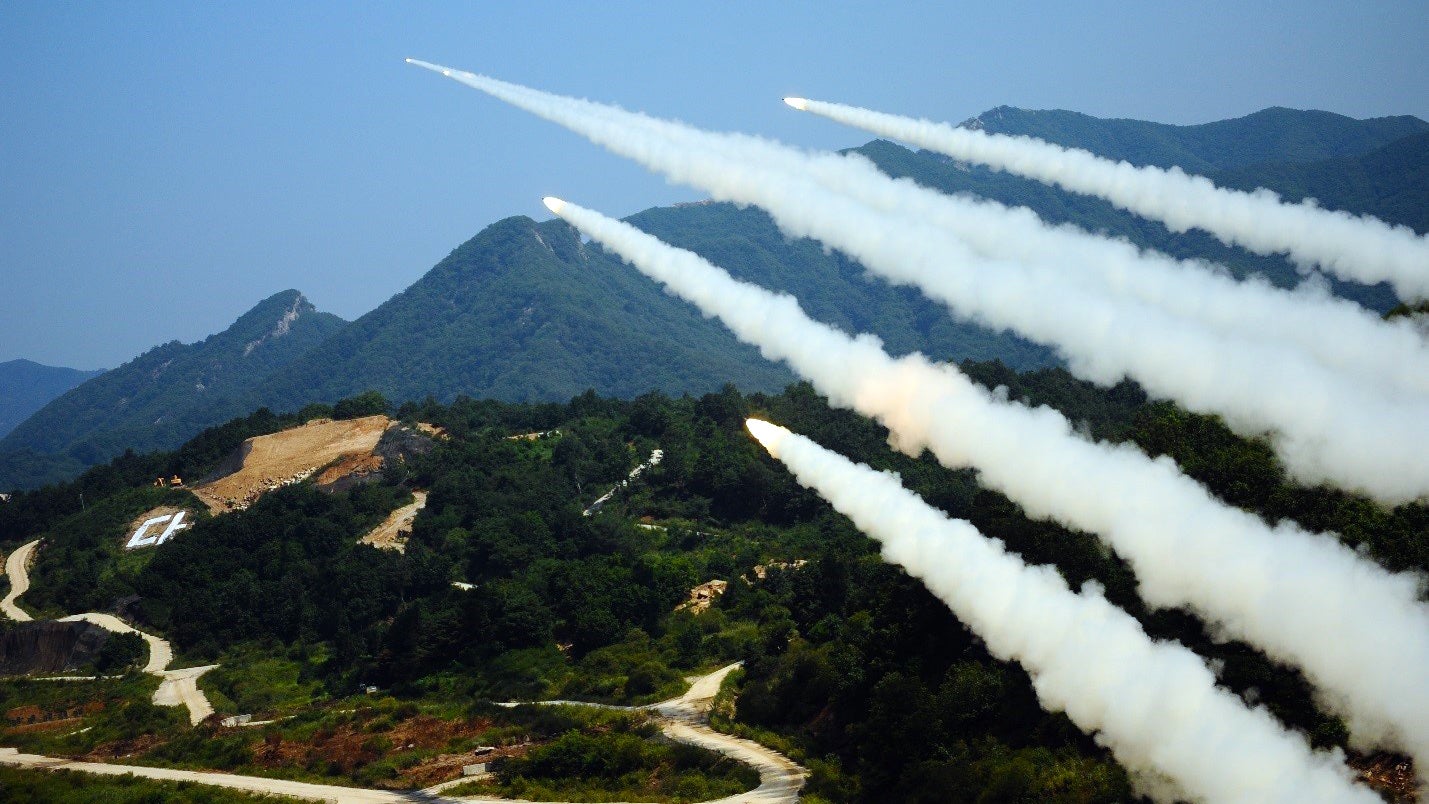
With the largest employment of offensive weapons since World War II underway in the Russian assault on Ukraine, and with North Korea ramping up its missile program, the Army’s senior space and missile defense officer told Congress that there is no doubt about the importance of his command.
“In my 36 years as an air defender, I have never seen adversary threat activity—whether that be test or operational use—as great as I see it today,” said Lt. Gen. Daniel Karbler, Army Space and Missile Defense Command’s commanding general.
The commanding general of the U.S.
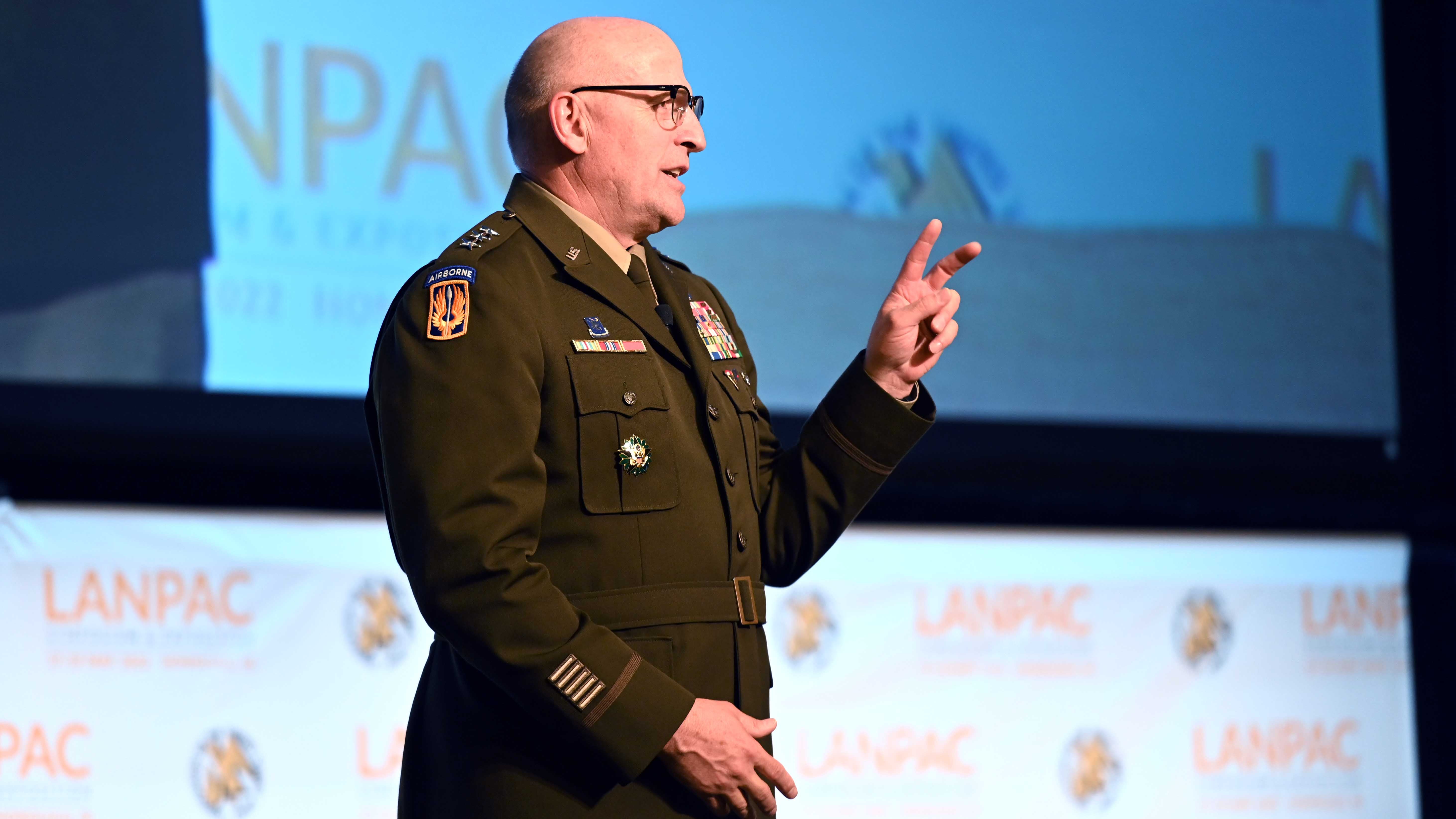
Technological advances need to accelerate at the same pace as evolving doctrine if the U.S. hopes to stay ahead of global warfighting competitors, Lt. Gen. L. Neil Thurgood said May 19.
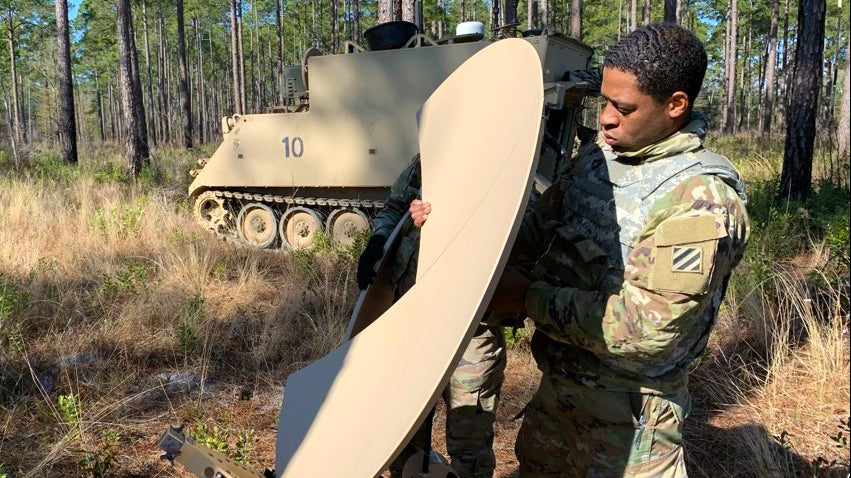
The Association of the U.S. Army’s Greater Los Angeles chapter will host a symposium in June on the Army’s continuing efforts in the space domain.
Scheduled for June 2–3 in Long Beach, California, the event is titled “Space: Enabling Multi-Domain Operations Symposium.” It will feature keynote addresses from Gen. James Dickinson, commander of the U.S. Space Command, and Lt. Gen. Dan Karbler, commander of the Army Space and Missile Defense Command.
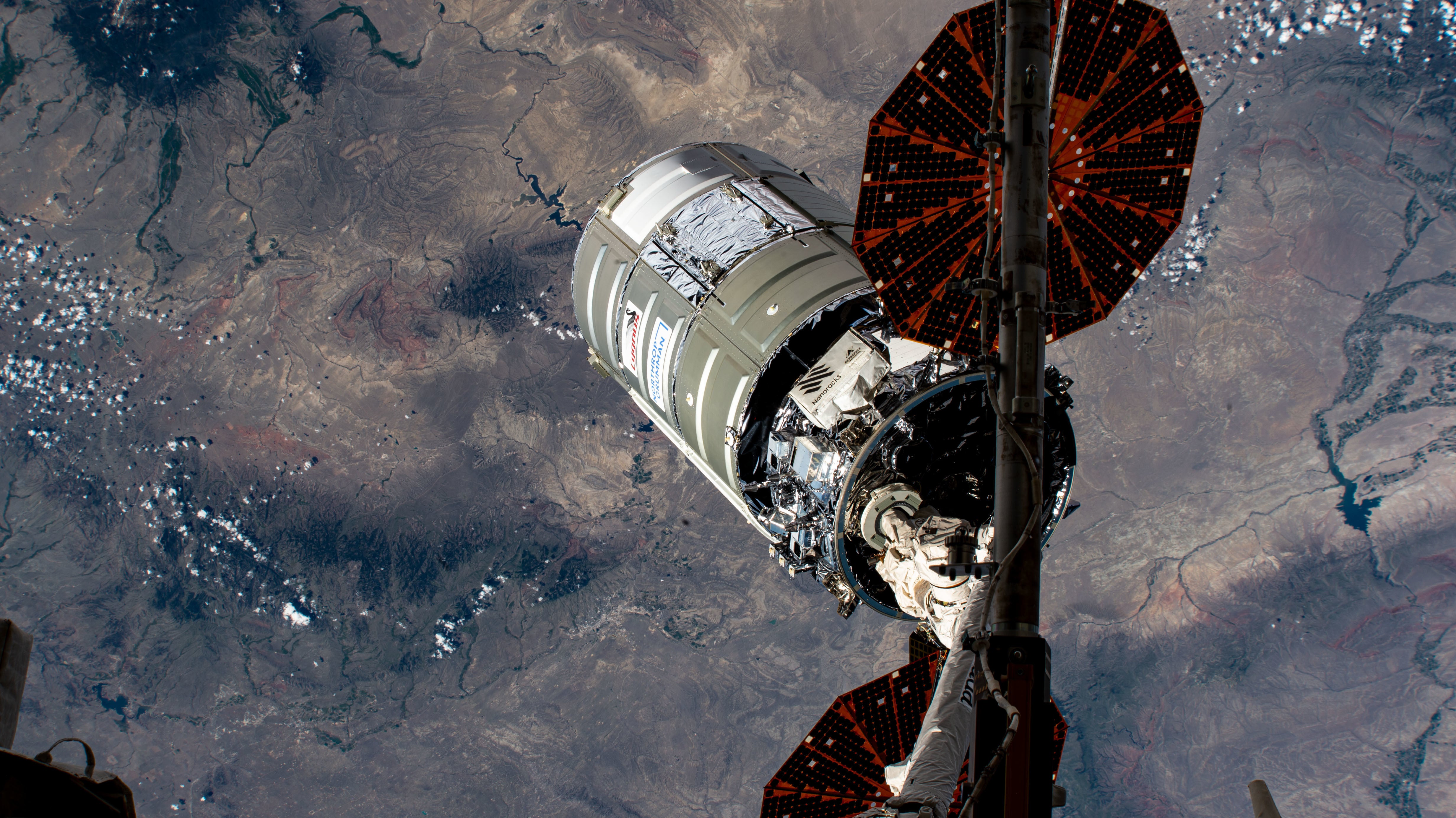
As the military’s largest user of space, the Army must be able to fight and win not only on the terrestrial sphere but in the space domain as well, the commanding general of Army Space and Missile Defense Command said.
This need is made more urgent by the rapid advancement of technological capabilities at home and abroad, and “increasingly in the laboratories and field tests of our competitors,” Lt. Gen. Daniel Karbler said.
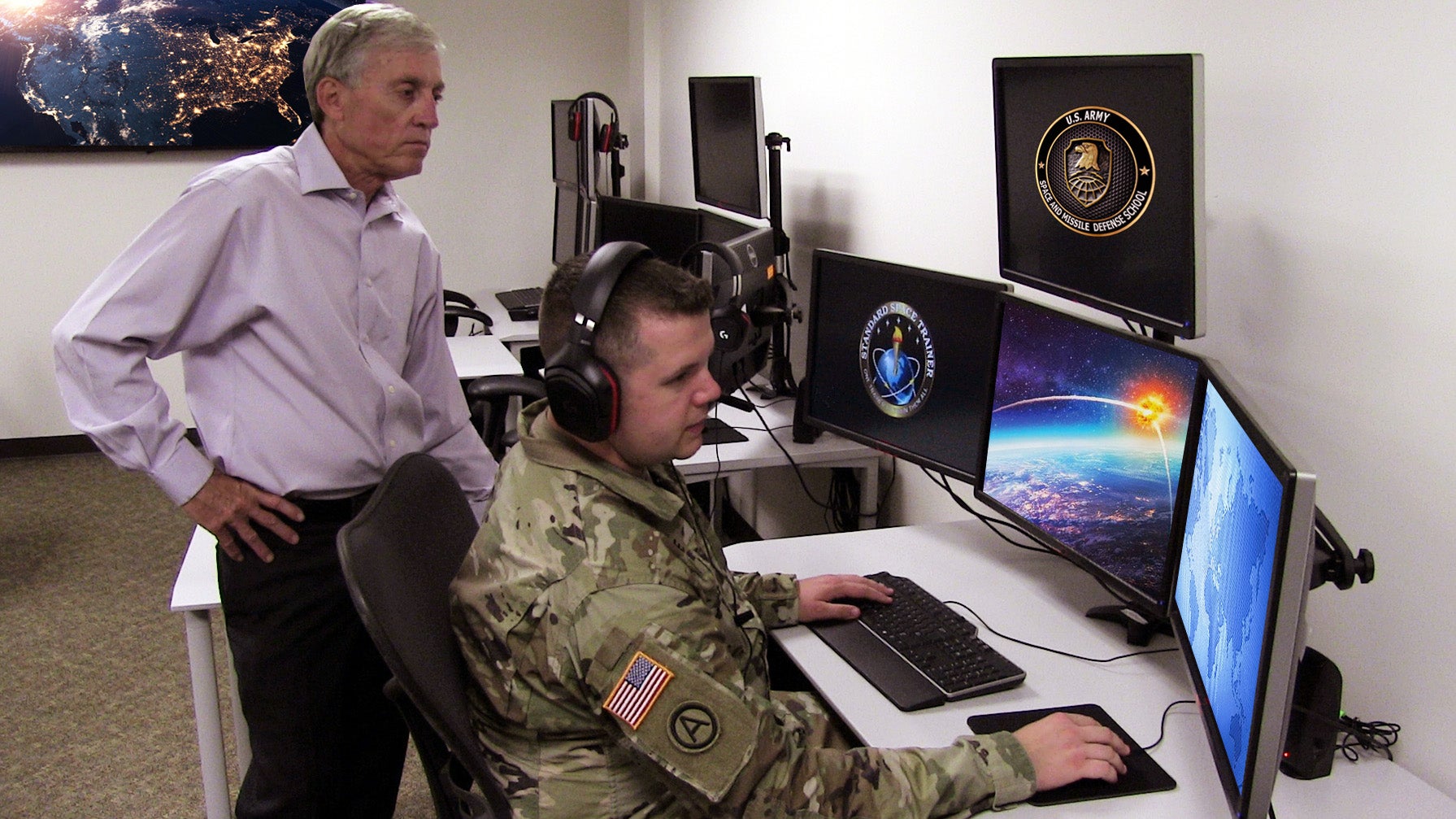
The Army’s Space and Missile Defense School in Colorado Springs, Colorado, established in 2010 to train and educate forces and develop doctrine to support combatant commands, has evolved.
There was once just a single course for Functional Area 40, a career field for space operations officers. Today, the school has 22 different courses and provides support to combat training centers and a variety of exercises.
After decades of preparing to repel Soviet and Warsaw Pact armies pouring through the Fulda Gap, the warfighting focus of the U.S.